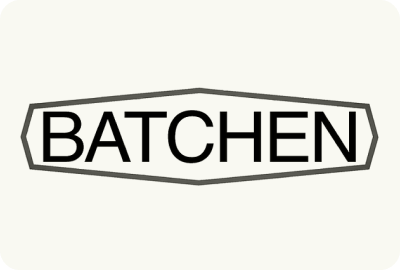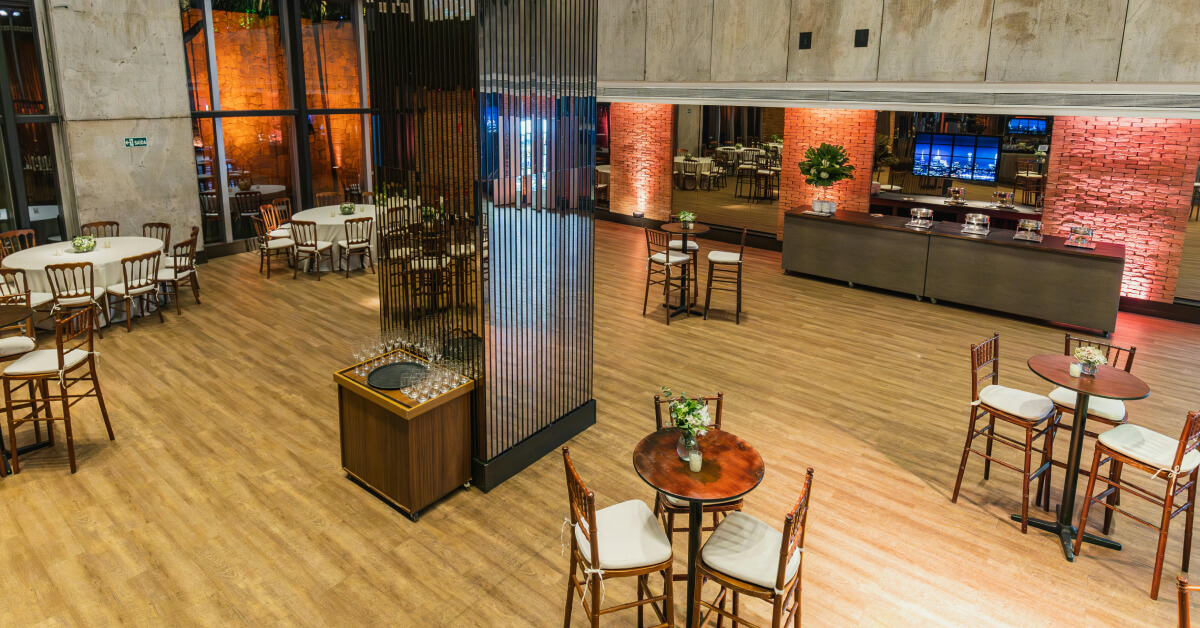





• Independent cafés
• Small restaurants
• Bars and lounges
• Local venues
• Boutique hospitality operators
• Hotels and resorts
• Clubs and entertainment venues
• Multi-site hospitality groups
• Event centres
• Large function venues

• High refrigeration and kitchen loads
• Long operating hours
• Seasonal bill spikes
• Difficult contract terms
• Limited time to compare plans
• Managing multiple venues
• Aligning end dates
• High HVAC and refrigeration loads
• Limited usage visibility
• Complex procurement needs
Energy is mainly used for refrigeration, kitchen equipment, lighting and air conditioning. Hotels and large venues also rely heavily on lifts, laundry services and heating and cooling systems that run for long hours.
Bills increase when refrigeration, HVAC and kitchen equipment run for longer periods during busy seasons. Hot weather also pushes cooling systems harder, which increases electricity usage and demand charges.
Small venues can reduce costs by comparing energy plans regularly, switching off idle equipment, upgrading to efficient kitchen or refrigeration appliances, managing HVAC settings and reviewing contract terms before expiry.
Large hotels and venues have high consumption from commercial kitchens, HVAC systems, lighting, lifts, refrigeration and laundry operations. Running these systems at the same time can significantly increase peak demand charges.
Multi-site groups can align contract end dates, benchmark usage across venues, review tariffs, upgrade older equipment and use energy insights to understand demand patterns. This helps reduce both operating costs and peak load penalties.





































